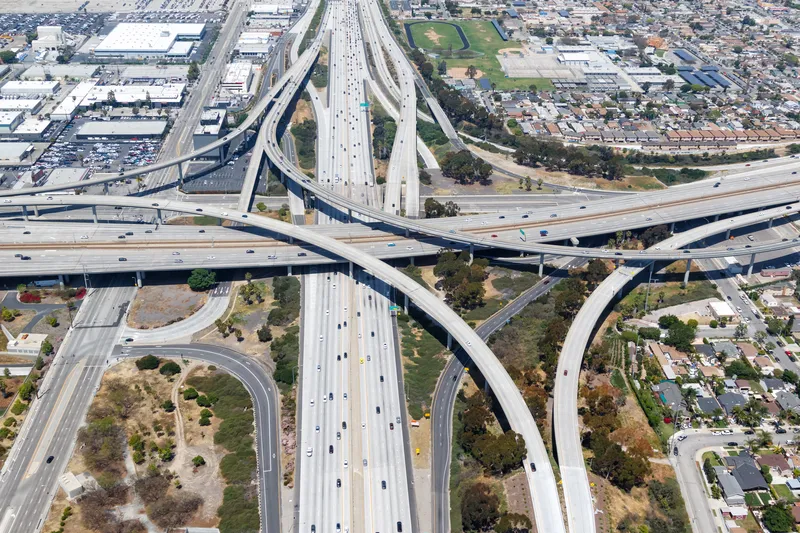In a recently published Quinnipiac University poll, 49 per cent of voters on New York opposed a proposal to toll the East River bridges and at the same time reduce tolls on the ‘outer borough’ bridges between the Bronx, Queens, Brooklyn and Staten Island and use the money for mass transit. Forty-four per cent backed the plan.
Opposition to just setting tolls on the free East River bridges remains strong at 69 per cent, with just 27 per cent in favour, the independent poll finds. There is no group that co
May 18, 2015
Read time: 2 mins
In a recently published Quinnipiac University poll, 49 per cent of voters on New York opposed a proposal to toll the East River bridges and at the same time reduce tolls on the ‘outer borough’ bridges between the Bronx, Queens, Brooklyn and Staten Island and use the money for mass transit. Forty-four per cent backed the plan.
Opposition to just setting tolls on the free East River bridges remains strong at 69 per cent, with just 27 per cent in favour, the independent poll finds. There is no group that comes close to 50 per cent support for tolls, except Staten Island at 43 per cent.
"East River bridge tolls? New Yorkers have been saying no for years," said Quinnipiac University Poll assistant director Maurice Carroll. "But the people pushing the idea this time are savvy. They'd marry new tolls to toll reductions elsewhere. And they tie it to mass transit improvements. In response to that idea, the level of opposition shrinks.
"Whatever their views on what should be done, 88 per cent of voters agree that traffic congestion is a serious problem."
Opposition to just setting tolls on the free East River bridges remains strong at 69 per cent, with just 27 per cent in favour, the independent poll finds. There is no group that comes close to 50 per cent support for tolls, except Staten Island at 43 per cent.
"East River bridge tolls? New Yorkers have been saying no for years," said Quinnipiac University Poll assistant director Maurice Carroll. "But the people pushing the idea this time are savvy. They'd marry new tolls to toll reductions elsewhere. And they tie it to mass transit improvements. In response to that idea, the level of opposition shrinks.
"Whatever their views on what should be done, 88 per cent of voters agree that traffic congestion is a serious problem."










